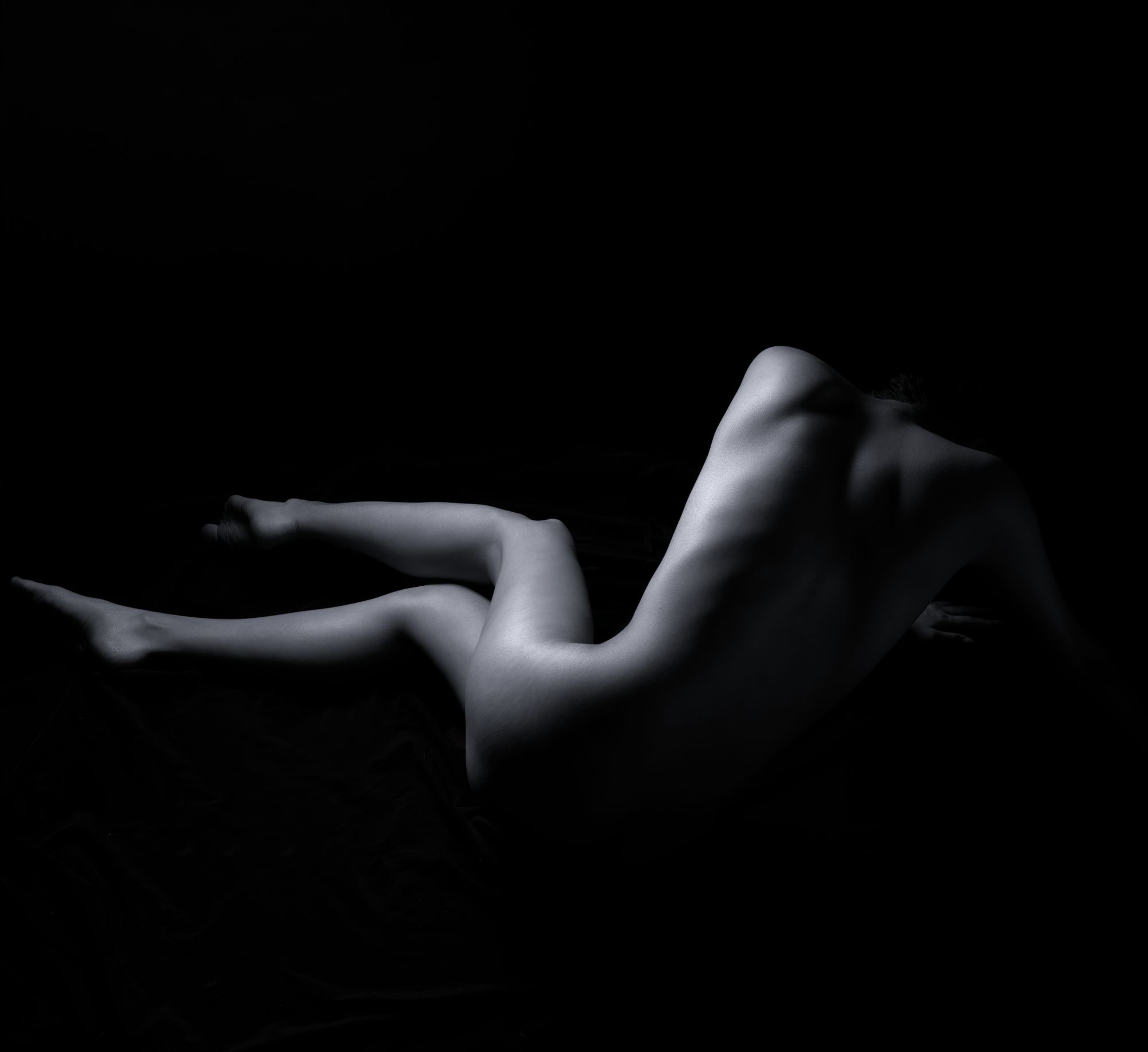
I grew up in NYC exposed to some great art and culture (even though the city was not quite as safe and shiny as it is now). As I continued experiencing all things artistic, I internally latched onto a question I couldn't answer: "Why do I prefer one work of art over another if they're similar?" It's been a question that has driven my artistic curiosity for so many years.
You see, one of my endearing quirks is that when I am posed with a complex question, or challenge that I am not familiar with my internal machinations mandate that learn all I can about it until my curiosity (and understanding) is satisfied. So with that, I will break down my learnings on this into the following groupings:
- How We Visually Perceive an Image
- The Principles and Cognitive Psychology We Use to Understand Our Visual Universe
- We Process Our Visual Stimulus One of Two Ways, and Each Creates a Unique Emotional Response
Buckle Up, We're Going Deep Into The Rabbit Hole
If this analytical scientific and psychological stuff tickles your fancy, you're welcome! Let me clarify and caveat first though. I am by no means any sort of scientific or academic authority in any of these topics. This is primarily my opinion, but tested, validated, and confirmed many times over. I have no intention to dispute or refute any other information on these topics, and I honestly don't care if anyone doesn't agree, or wants to prove me wrong. I do welcome any suggestions that may improve or refine what is shared, or may fill in a blind spot of mine. I'll add commenting to this site shortly.
This all took me many years to learn and understand, some before the Internet was born, some before Google appeared, and helped clean up things, but all while armed with some sort of artistic tool to test the assumption. Once I firmly understood the What and Why of it all, I spent a number of years on the How and applied it to how I shot and created art. A good bit of practical application while building out my photography studio on clients, and measured empirically both by financial growth, customer engagement, growth, etc.
I just thought it'd be cool to share, and hopefully help others make sense of all the silliness. Also, there are many more fascinating scientific, psychological, business, marketing, artistic, and related insights I'll be sharing that all build on this foundation of what is published here.
And let me also share that these principles are not new by any stretch, and have been used and perfected by greats centuries ago (DaVinci, Rembrandt, etc.).
Enjoy!
How We Perceive
The Fundamentals of Perception
When I first learned the science of how our eyes and brain work together to see I was quite dumbfounded. Talk about a total mindfuck to yours truly. I'm not going to explain all the science with visual construction here, but simply provide a super high-level summary.
Here is a pretty good explanation of the sequence our eyes and brain go through when viewing an image. By all means, follow the link to the source for all the scientific jargon if you want. Below are the salient and relevant parts for me.
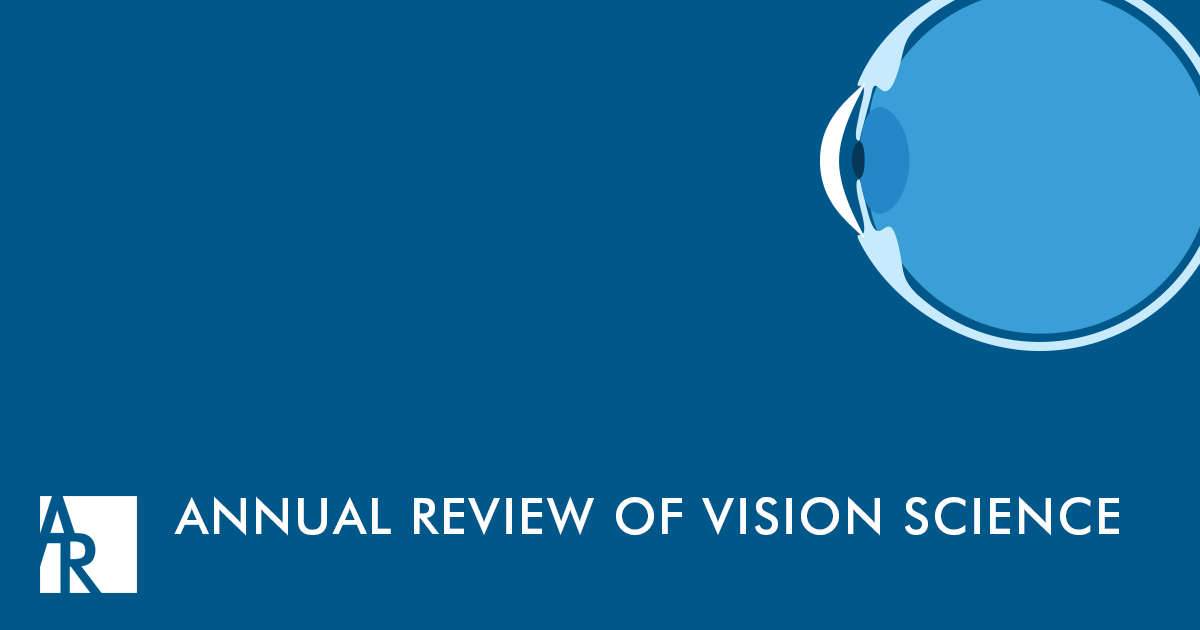
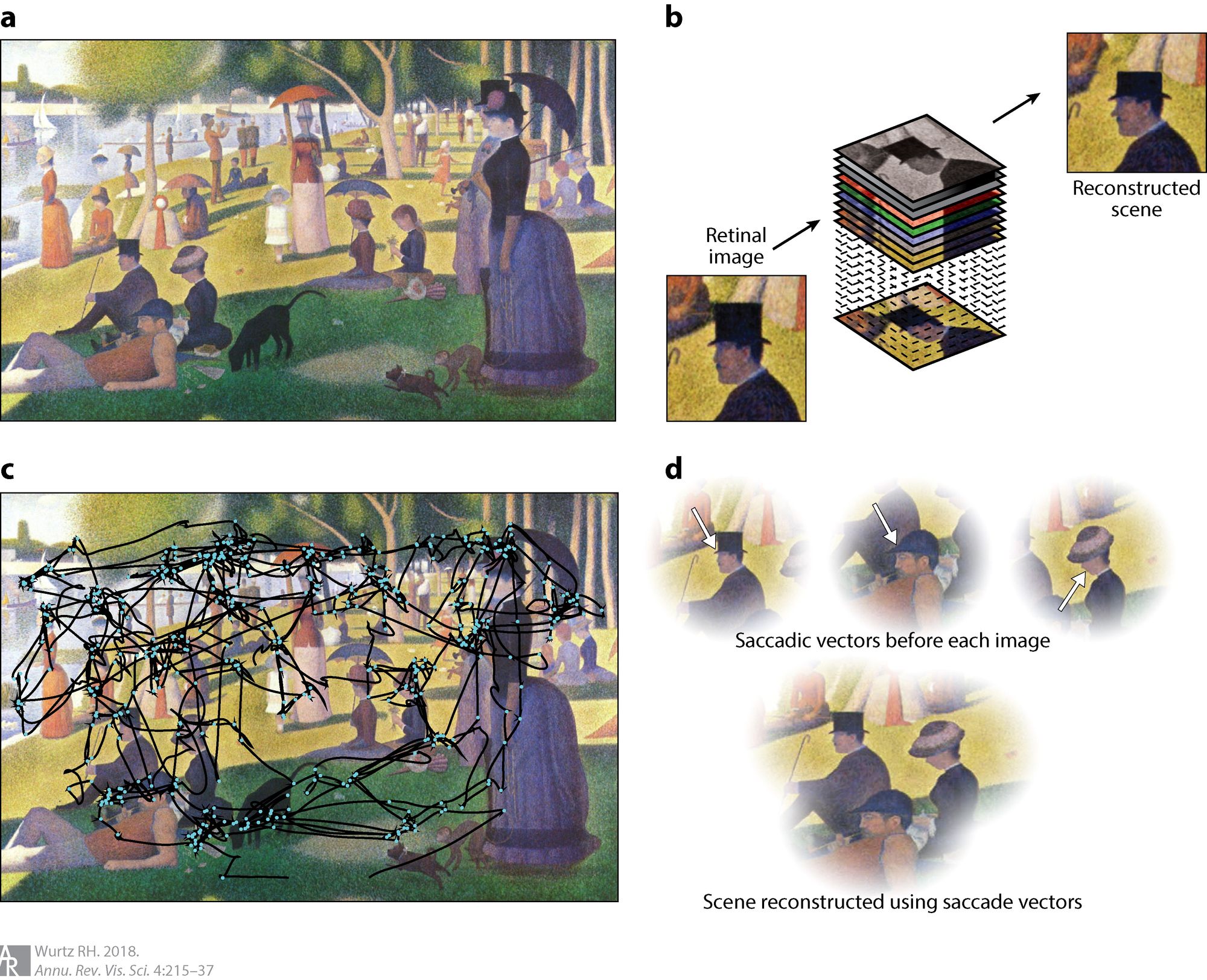
- A painting by Georges Seurat can be used to illustrate a central feature of our vision
- What we perceive is a reconstruction of the visual world.
- After nearly a century of analyzing visual processing, we know the sequence of steps involved in this reconstruction.
- The retina first breaks down the image falling on it into multiple elements such as luminance or color and then transmits these elements into the brain.
- The image is reconstructed in the brain over a series of steps known only in outline, and what is reconstructed is what we perceive
Gaps in Our Visual Process
So this visual puzzle process is not only fascinating, but it is also imperfect with visual information gaps, as well as time lag in time delays. A reference you can use to understand this visual time gap is that Magicians and some of their Magic Tricks take advantage of these gaps to give us our oohs and ahhs.
From the time light hits the retina till the signal is well along the brain pathway that processes visual information, at least 70 milliseconds have passed.

You don't need to know the details about this, but do note that our brains are fucking amazing at filling in perceptual gaps with missing data. I know this sounds weird, and I may come back to adjust this statement, but in some ways, it sort of directs attention to gaps I've intentionally kept out of visual perception. Yeah, sounds silly, but I'll explain in a future article, and clean this paragraph up.
Visual Psychology
It always amuses me how everyone thinks they're a special flower. Immune to all the subtle tactics deployed by every industry to nearly every facet of consumerism to nudge the individual psyche towards the product deploying the tactic. Having worked at the highest levels of some of these companies behind the scenes I can say that they are absolutely effective, and even when I encounter things myself that I am consciously aware of I still find myself falling for it.
So Sorry! I have to let everyone know that you are a human, and you are wired to respond to different stimuli. Your lizard brain portion may suck it all in subconsciously and slip notes to your conscious brain telling it how cool some things are and we should check them out.
Rest assured though, you are in good company here with the rest of the human population. This is not any sort of political statement, pro or anti-consumerism statement. Just simply stating that not wanting to believe in something does not magically make it not real. Now let's get to understand what this means to how we visually interpret images.
Gestalt Laws of Perceptual Organization
If you've never heard of this before, you may want to do some follow-up research later. I won't go deep enough to cover everything, and will only seriously acknowledge a few of the laws.
As a side note before diving in, it seems that each source explaining the laws all have different totals. Can't explain why, but also don't care enough to look into. Below is the most complete list I found with 8 total principles.
| # | Gestalt Principle | Description |
|---|---|---|
| 1 | Figure-Ground | Elements are perceived as either figures (distinct elements of focus) or ground (the background or landscape on which the figures rest). |
| 2 | Law of Prägnanz | Humans tend to interpret ambiguous or complex images as simple and complete. |
| 3 | Good Continuation | Elements that share uniform visual characteristics are perceived as being more related than elements with disparate visual characteristics. |
| 4 | Closure | Elements arranged on a line or curve are perceived to be more related than elements not on the line or curve. |
| 5 | Common Fate | Humans tend to perceive elements moving in the same direction as being more related than elements that are stationary or that move in different directions. |
| 6 | Proximity | Things that are close to one another are perceived to be more related than things that are spaced farther apart. |
| 7 | Similarity | Things that are similar are perceived to be more related than things that are dissimilar. |
| 8 | Focal Point | Whatever stands out visually will capture and hold the viewer’s attention first. |
Now I won't go and give examples and references for each of the principles. Instead I suggest heading over the following site:

Now any of the models I've worked with reading this will recognize these images because I always share them to help illustrate how our brains will help fill in the blanks (it's a dirty little brain too, all naughty with how it fills the gaps for us).
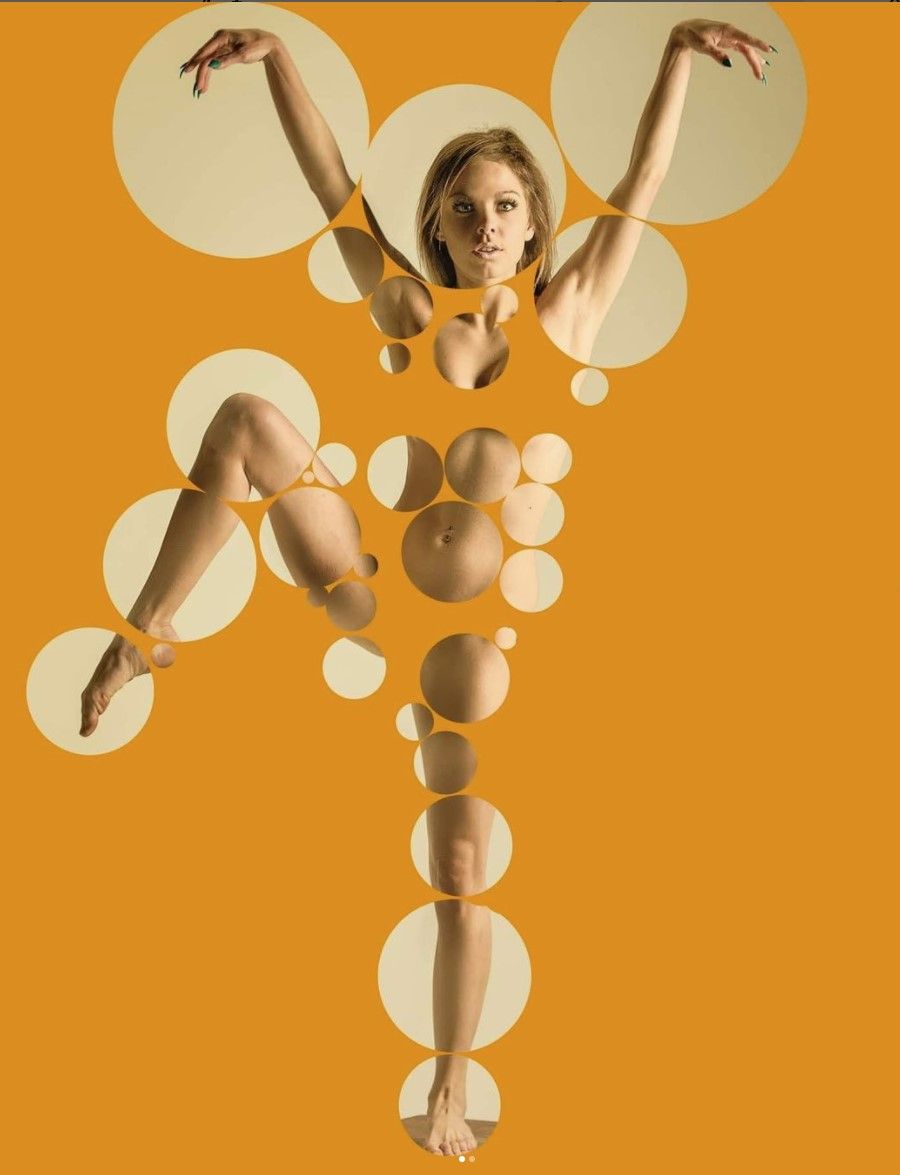
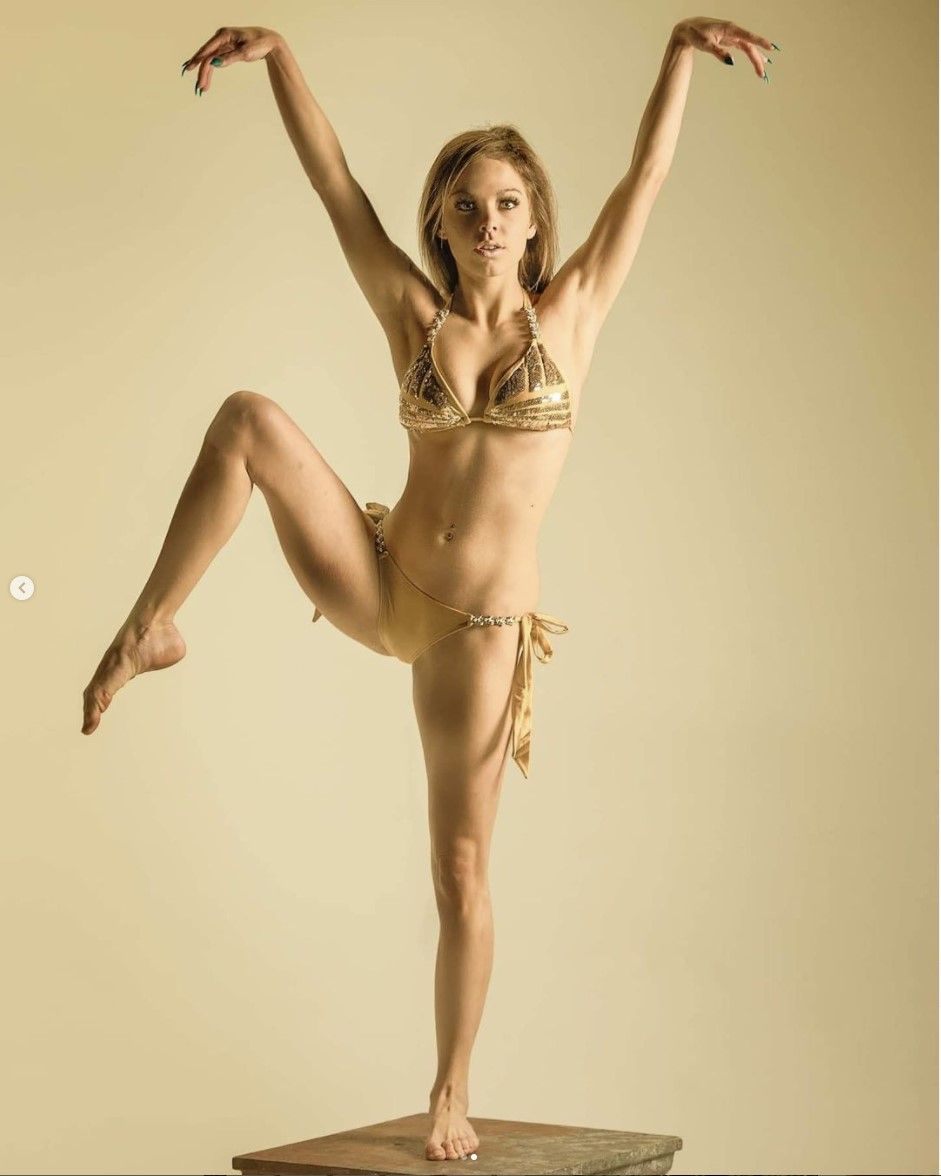
Emotional Response
To Visual Stimulus
Just like all the scientific references above you can surely find multiple different methodologies that explain this, but what I'll share is simply the model I found to compliment my tests and observations.
An image that can tickle the emotional ivories of the viewer can have a profound impact. I would posit that this is more common in Documentary or similar styles, like those images that win Pulitzer's (no I won't post any because they're heartbreaking).
I'll try to describe the emotional response target reference I use, and will then share the science. My primary subject is beautiful nude or near-nude women. So obviously lust, desire, and the like, but let me help refine that tad for everyone's understanding.
Yes, first and foremost it's about that visual desire seeing that striking form. Between the discussing and working with the models posing, lighting, and processing I want the viewer's eyes to gravitate to those areas we all know we're looking at anyway, but very rarely do I use or post in your face pussy or ass shots. To me, this is too easy, sort of like taking a picture on the rim of the Grand Canyon. This part of the emotional response target objective is something I lovingly call "Manufacturing Desire", and I use the term a lot during a shoot with models.

There's a secondary emotional target I try to create too. I want the viewer's eyes to linger, and trace and come back. I think of this as a kind of longing or a yearning of sorts.
If I were to try to summarize what I'm trying to capture it would be how a lover would look at his partner and just stare, smile, and admire. We've all been in that early relationship stage where we have that raw powerful love of everything in our partner. She may just be stretching or sneezing, but you sit back, say nothing and just watch, and if she turns and catches you staring you both have that exchange of smiles. Come on, you have to know what I'm trying to say here!
Now The Science
So I like to reference the model of Bottom-Up vs. Top-Down emotional perception processing.
/GettyImages-609001203-5c423d4546e0fb00018ed457.jpg)
Bottom-Up
That first, and immediate visual response takes in the biggest picture at a glance. My "Manufactured Desire" impact that's all "Fuck, she's hot". Like a slap in the face with raw visual sexiness.
/GettyImages-145063224-567c0d993df78ccc15627c2a.jpg)
Top-Down
This is the second phase of emotions. That yearning desire that just builds the longer you may try to perv out and stare at her body, and then glance at the scene or set to understand the scenario that you may be able to daydream and project yourself into the lover's situation staring at her and just smiling.
Yes, I'm a bit of a romantic and equal parts deviant, but 100% professional and respectful :)
Wrapping Up
Covered a lot of ground here, but I've been wanting to start getting this out and posted for some time now. You can find libraries of content on all the lighting, posing, composition, and post-processing technicalities, but I have seen very little content covering these items.
There are still a lot more tricks and concepts like these I will write up and publish, and also explain how I try to incorporate them into my shoots. It's all pretty muscle memory for me at this point so writing it down and publishing it here is pretty fun trying to explain it correctly.
A great parallel universe reference of an industry that has really focused on and matured a lot of these concepts is the UI / UX (User Interface and User Experience) industry focused on web and app user interaction. There is a ton of very robust and refined content on the exact same principles. Worth a look-see for anyone wanting to know more.

None of this is a step-by-step formula, or list of ingredients to add. It's like a chef tasting a meal being cooked, and just knowing to add a pinch of salt. For me, as a shoot set progresses I may start seeing aspects that can be used in the image to take it closer and closer to that viscerally emotional response that artists rarely get to see happen with viewers as they look at the art.
Now that I have this content published I will start adding commentary to the image posts and explain thoughts, attempts, results and reference back to these concepts.
Welcome to my crazy!








